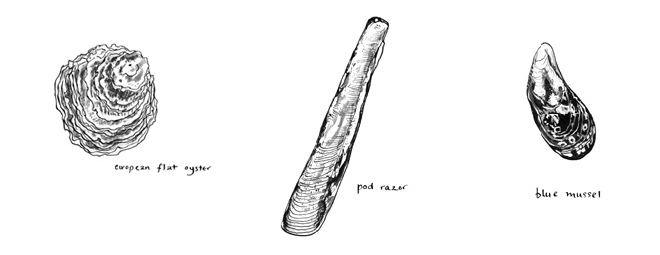CHARM OF THE MONTH

The Wishbone
After Christmas dinner, the turkey’s wishbone – the V-shaped bone above its breastbone – is taken out, cleaned and left to dry, which will be faster if placed by the fire. As soon as it is nicely dried out, it is ready to be used. Two people – usually chosen from the children at the table – face off, make a wish and wrap their pudgy pinkies around a side each, then pull until it snaps. The one left holding the longest end wins, and their wish will come true (this is thought to be the origin of the term ‘lucky break’).
Traditions around the wishbone are found in many cultures. Prussian and Celtic armies used wishbones to predict the weather, and the ancient Etruscans once used the movements and bones of birds for divination, and would dry out the wishbone and stroke it while making wishes. The Romans took the tradition from the Etruscans and spread it around their empire. In Britain the bone took on (and later lost) the name ‘merrythought’ and became part of the Christmas ritual. Eventually it went across the Atlantic to the United States, where there are, of course, plentiful wild turkeys. Although in the US the turkey, along with its wishbone, is principally connected with Thanksgiving, in the UK it has become most strongly associated with the Christmas turkey.






